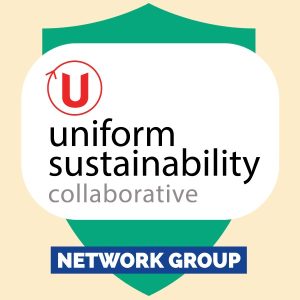WRAP’s Textiles 2030 Annual Progress Report shows that brands signed up to the environmental voluntary agreement have reduced the carbon impact of the textiles they produce by 12% and water by 4% on a per tonne basis between 2019 and 2022. These impressive reductions were possible through actions taken to improve sustainability in design and manufacturing, and by increasing the amount of clothes reused and recycled. However, as production is spiraling upwards, WRAP warns that these positive steps are being canceled owing to a 13% increase in the volume of textiles produced and sold.
WRAP reports that brands are now using more and more recycled polyester and polyamides, in order to limit the use of virgin materials — that is, materials that have never been used or processed. The report also points out that a significant proportion of the cotton used by the signatories (71%) comes from “improved sources,” validated by programs and initiatives working in favor of sustainability. While these efforts have significantly reduced the carbon impact of their clothing, they do not appear to be sufficient in the face of overproduction and overconsumption.



















